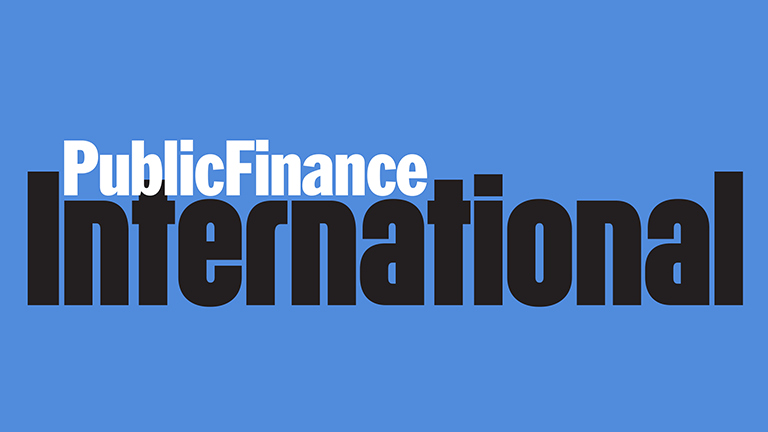The Bank’s Executive Directors met yesterday to discuss a new Country partnership strategy for India which would involve between $3bn–$5bn a year being lent to the country over the period 2013–2016.
Of this $20bn, 60% will be allocated to state government-backed projects aimed at reducing poverty, and half of this – or 30% of the Bank’s total loans for India – will go to low income states or those granted ‘special category’ status by the Indian government, where public services delivery costs are higher. Under the Bank’s previous strategy, just 18% of the $19bn it lent in 2009–2012 went to these states.
The bank’s new strategy will be guided by the country’s twelfth Five-year plan, which focuses on sustaining high economic growth to lift people out of poverty. It also aims to address the infrastructure needs linked with the fast-growth of India’s cities and to strengthen social programmes needed for inclusive growth.
Infrastructure investments will aim to improve the capacity and reliability of the energy sector, as well as creating a ‘vibrant’ manufacturing sector that is particularly open to small and medium-sized enterprises.
To address India’s rapid urbanisation, the Bank plans to help national, state and city governments improve the ‘management and liveability’ of medium-sized cities.
Efforts to ensure growth is inclusive will focus on support for the government’s nutrition policy, improving the quality of education and enhancing social protection coverage for the 90% of the labour force which currently works in the informal sector.
The new plan aims to cut the percentage of the country’s population living in poverty from 29.8% in 2010 to 5.5% by 2030. The Bank also wants to reduce the proportion of people living only precariously above the poverty threshold from 19.1% to 41.3% over the same period.
According to the World Bank, if India were to grow as it did from 2005 to 2010 without making this growth more inclusive, poverty would fall to only 12.3% by 2030 and 33.6% would remain above the vulnerability threshold.
Onno Ruhl, World Bank country director in India, said: ‘India’s seven low-income states, with 60% of India’s poor, are now growing faster than the average, and so investments there have the potential for greater impact.
‘In our 60 years of working with India, the country has made great strides in overcoming poverty, and we are excited that India is the first country strategy to have these goals to reduce poverty and increase shared prosperity.
‘We hope these goals will stretch us and our partners to make even greater efforts to help India’s 1.2 billion citizens enjoy a better future.’
The plans to design India’s strategy around specific poverty goals are in line with the approach outlined by World Bank president Jim Yong Kim last week, where he set a target of ending extreme poverty by 2030.













